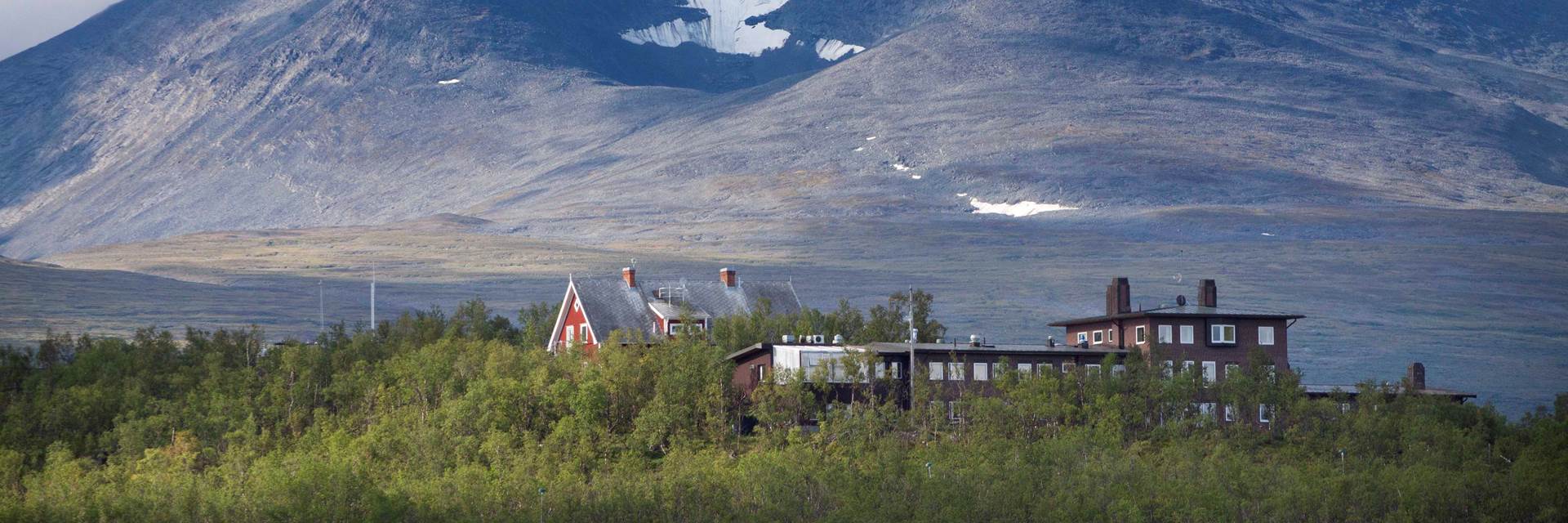Data from Abisko Scientific Research Station
At Abisko Scientific Research Station, environmental measurements have been conducted since 1913. Data are also continuously collected in the surrounding environment, including at our field huts. Below, you can access our open data via links to databases or via the specified contact address.
At the Abisko Scientific Research Station, several meteorological measurement series are longer than a hundred years. The World Meteorological Organization (WMO) has designated our observatory as a Centennial Observing Station. It is now part of a worldwide network of meteorological measuring stations with long qualitative measurement data.
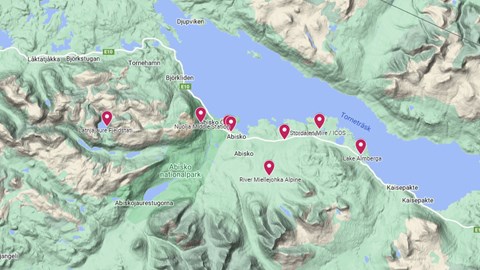
Interactive map of monitoring sites.
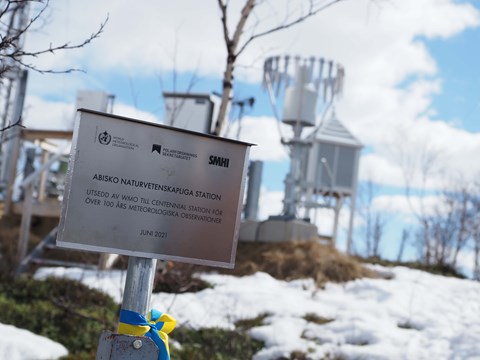
Abisko automatic station (SMHI no: 188790)
Meteorological data from Abisko's automatic measuring station for the years 1985-1996 and 2018 - ongoing. Data is stored in SMHI's system and available through their open data portal. Parameters: air temperature, precipitation, humidity, wind speed, wind direction and air pressure.
Data from the period 1996-2018 as well as more parameters (sun time, solar radiation, PAR, and soil temperatures) are available via ANS-data@polar.se.
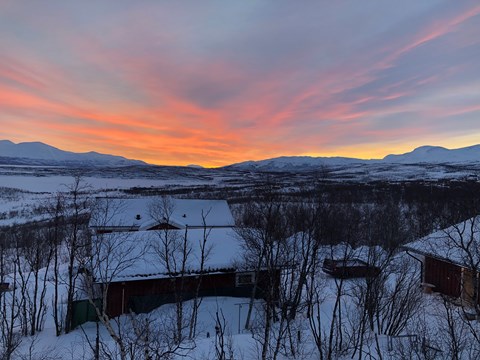
Abisko manual station (SMHI no: 188800)
The manual observations started in 1913. Air temperature, precipitation and snow depth are digitized and available via SMHI's open data portal. The work with digitization continues and more parameters will be published continuously. For questions and access to data, contact ANS-data@polar.se.

Other data from Abisko Scientific Research Station
The work with digitization continues and more parameters will be published continuously. For questions and access to data, contact ANS-data@polar.se.
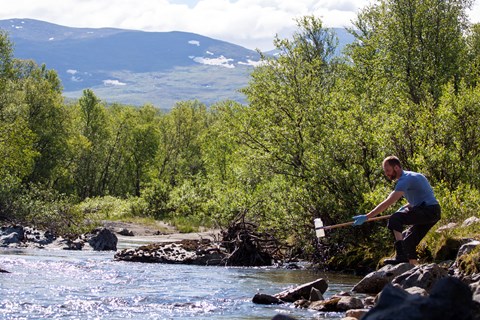
Miellejohka – Abisko
Miellejohka is a mountain stream that runs from Lapporten (Lake Čuonzájávri, 950 m above sea level) to Lake Torneträsk (341 m above sea level). Miellejohka is a part of the SITES environmental monitoring programme.
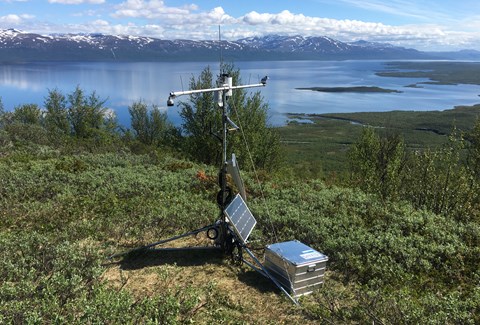
Nuolja – Abisko
Nuolja is a mountain west of Abisko, peak elevation 1169 m above sea level. The meteorological station is located at the tree line.
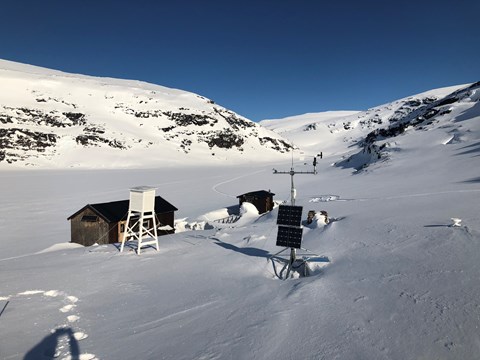
Latnjajaure – Abisko
Latnjajaure is an alpine site, located west of Abisko, 992 m above sea level. The place can be reached by helicopter all year round, in summer on foot and in winter by snowmobile via Låktatjåkka.
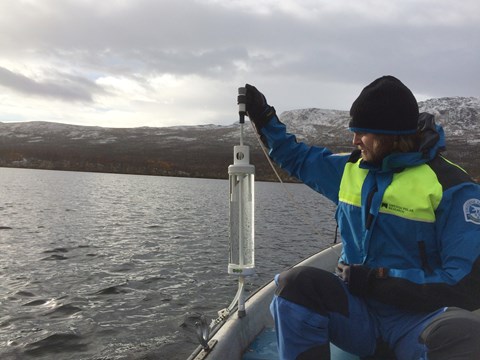
Almbergasjön – Abisko
Almbergasjön is a lake located approximately 14 km east of Abisko, 380 m above sea level. Almbergasjön is a part of the SITES environmental monitoring programme. Here, we monitor chemical and physical parameters in the lake as well as complementary meteorological data.
Contact ans-data@polar.se to get access to data from Almbergasjön.
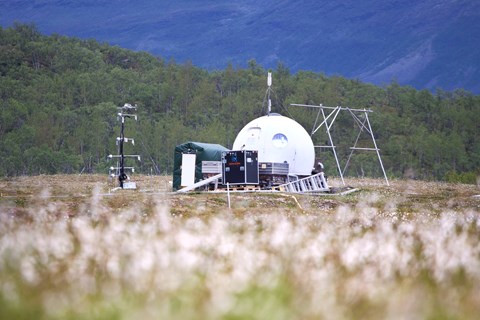
Stordalen – Abisko
Stordalen is a mire located 10 km east of Abisko. The mire consists of sporadic permafrost palsas, bog areas, fens and lakes. Stordalen is classified as a nature reserve and is frequently used for research activities. Stordalen is a part of ICOS and SITES environmental monitoring programmes.

